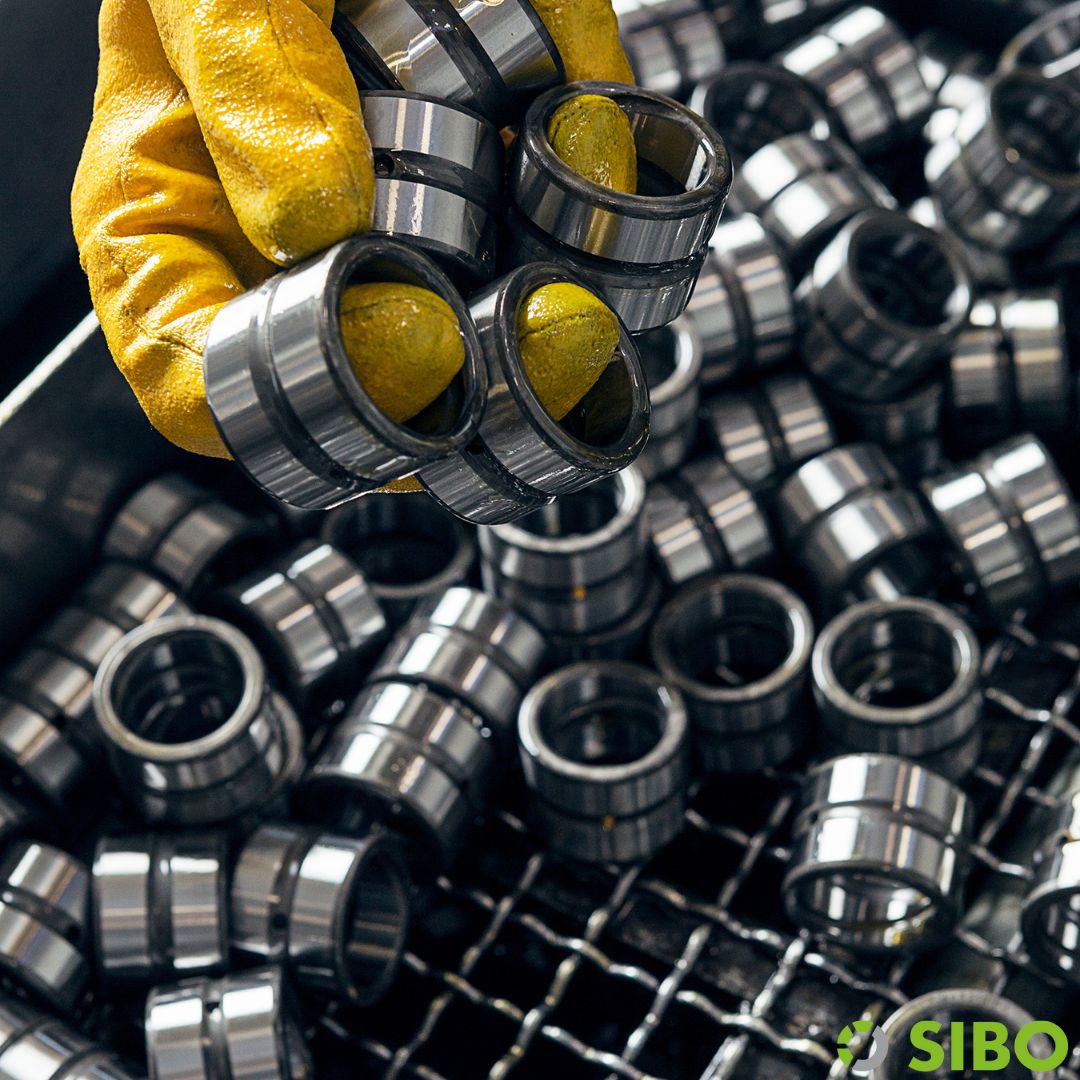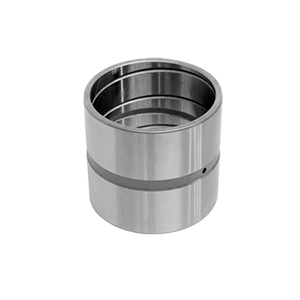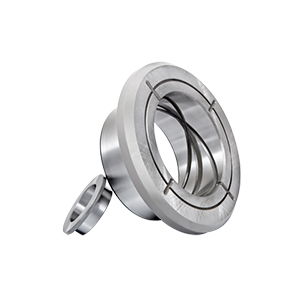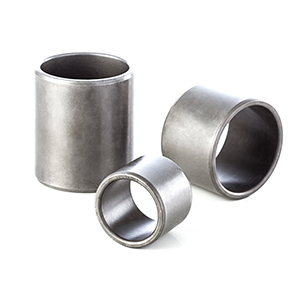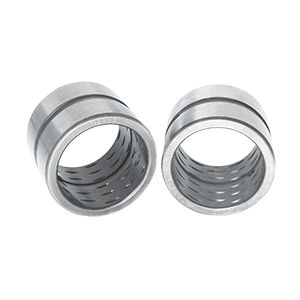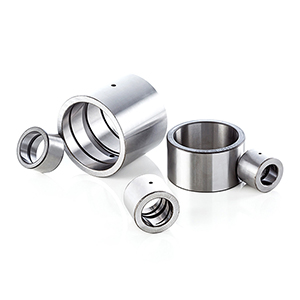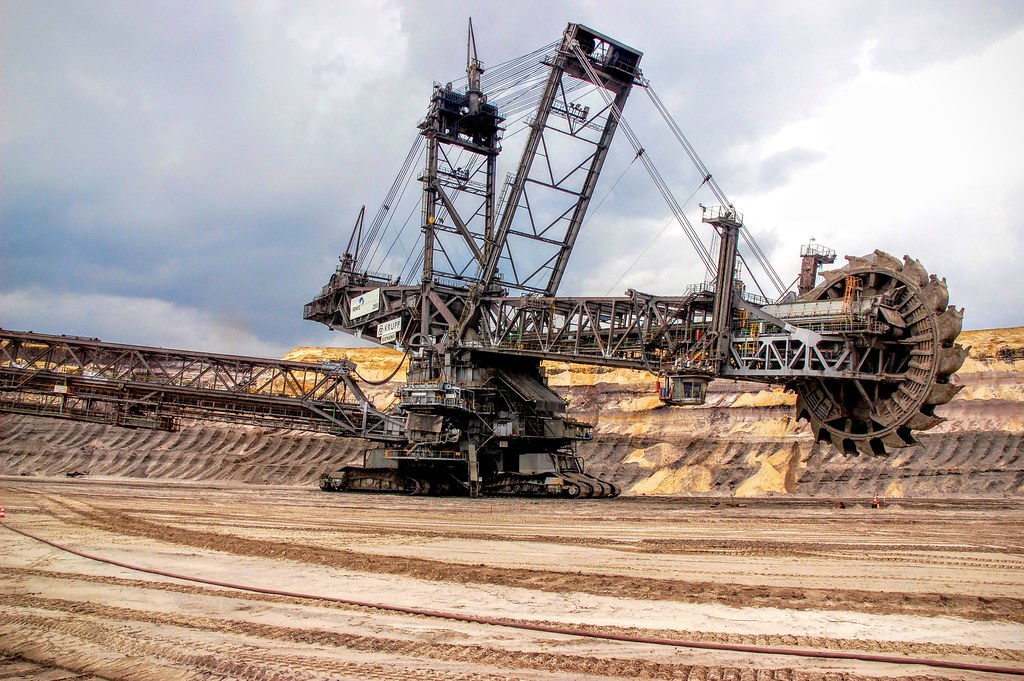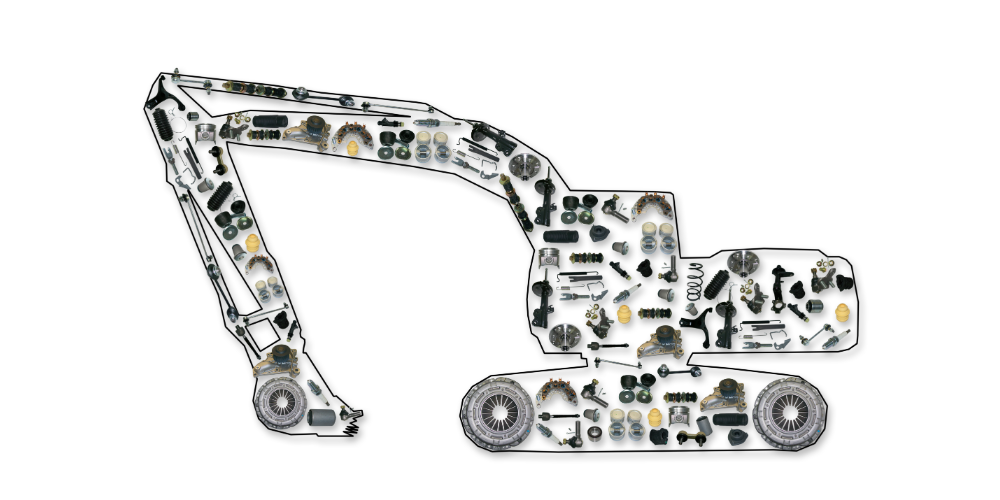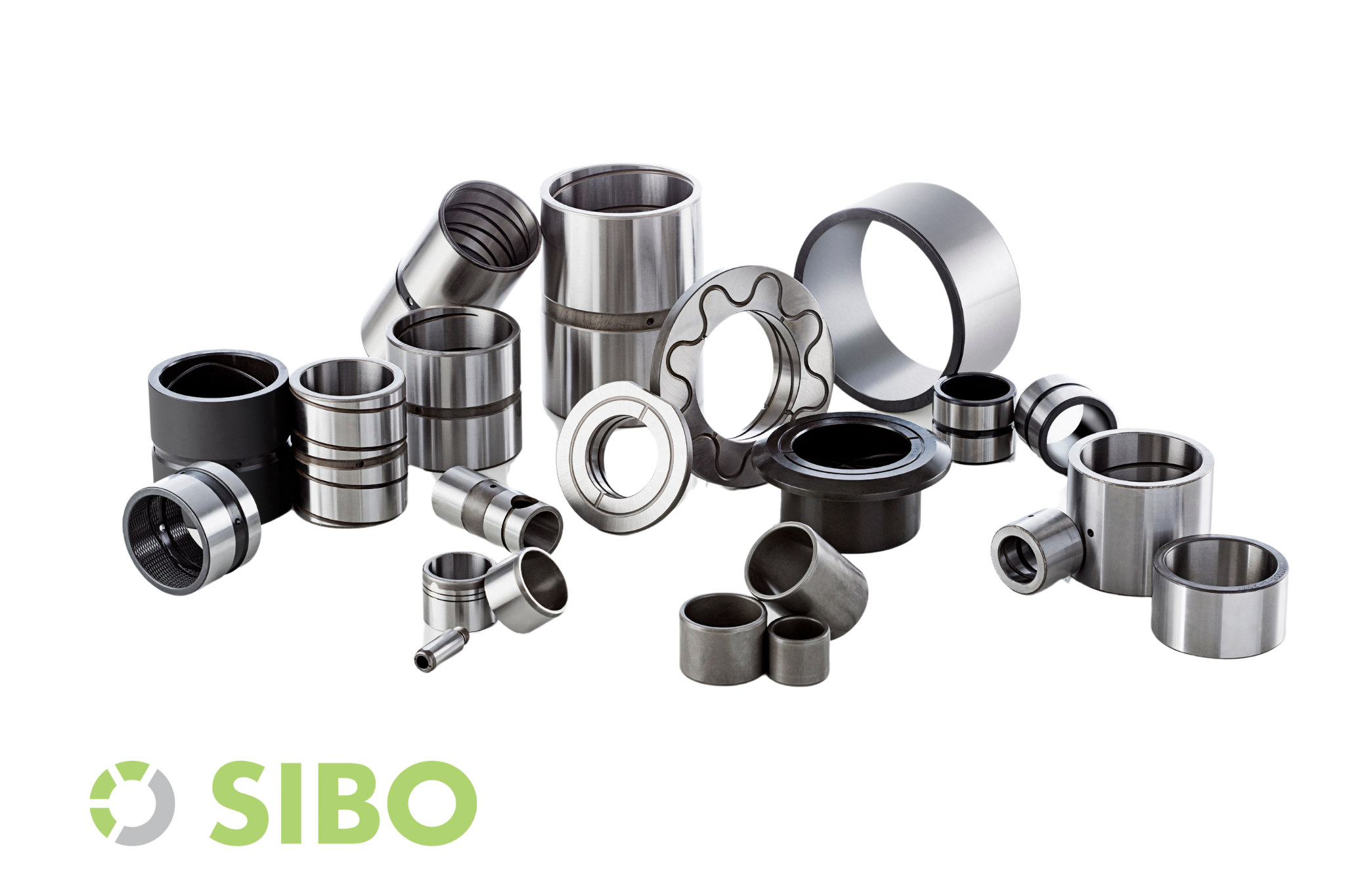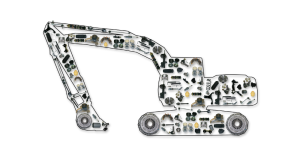The term spare in English has its roots in Old English “spær,” which means “sparing, scant.” This Old English term, in turn, is derived from the Proto-Germanic sparaz.
Spare parts are components or pieces of a device, machinery, or vehicle that can be replaced when failures or wear occur. These replacement parts are designed to be compatible with the original object and can be supplied by either the object’s manufacturer or specialized third parties in the production of spare components.
Spare Parts Classification: commercial uses
From a commercial perspective, spare parts can be classified into three types:
OEM
(Original Equipment Manufacturer): These are replacement parts that are produced by the same manufacturer that produced the original object. These parts are generally considered to be of high quality and perfectly compatible with the original object.
Alternative or Aftermarket Parts
These are replacement aftermarket parts that are often not produced by the original manufacturer of the vehicle or machine, but by a separate company. These parts can be used as economical substitutes for OEM parts.
Used or Second Hand Parts
These are oem parts or aftermarket parts that have been regenerated and resold at a lower price.
Additionally, there are original equipment parts that cannot be classified as spare parts, as they are installed as an original part of the machine and not as a replacement part.
Spare Parts Classification: Use and Position
Spare parts can also be classified based on their use and position. These classifications can vary depending on the context and terminology because, as we will see, the distinctions are subtle and sometimes the terms are used interchangeably.
Consumable
These are parts that are designed to be consumed and replaced during the normal use of a device or a machine. These can include things like brake pads on a car, blades on a saw, or the bucket teeth of an excavator.
Service Parts
As the word itself suggests, these are parts that are replaced during a service or scheduled maintenance. These are not specifically built to be consumed and replaced but are when they reach the end of their life. These can include things like oil filters or transmission belts.
Interchangeable Parts
These are parts that can be replaced by another identical part. These parts are designed and manufactured to be exactly the same, so they can be swapped without altering the performance of the device or machine. Examples of this include screws and bolts, this concept is fundamental for mass production and industrial efficiency.
The most generic definition would be service parts. As the word itself suggests, it falls into the service, so in the parts changed during the service phase.
Spare Items and Spare Components
Spare items is a general term, while spare components refer to specific parts designed for a system. They are crucial for maintaining operational efficiency and longevity of a system. The quality can vary based on whether they are OEM, aftermarket, or used parts.
Bearings, pins and bushings
Bushings and bearings would fall into the category of spare parts and could be considered both as wear parts and service parts, depending on the context. They are essential components that allow the fluid movement of other mechanical parts and can be replaced when wear or failures occur. Furthermore, since bushings can be manufactured to be exactly the same as each other, they can also be considered as interchangeable parts. However, the specific classification can vary depending on the specific application and context.
Speaking of bushings, you can always request our steel bushings catalog for more information.
Spare Parts: The Movie
ts is also the title of a 2015 film directed by Sean McNamara, set in California. The film tells the story of a group of young people who find themselves participating in a robotics competition. Due to a lack of funds, they must seek to gather the necessary resources for the spare parts of their robot. In this context, the term spare parts takes on a deeper shade of meaning, tied to the concept of being replaceable and not feeling unique and special within society, much like a spare part.







